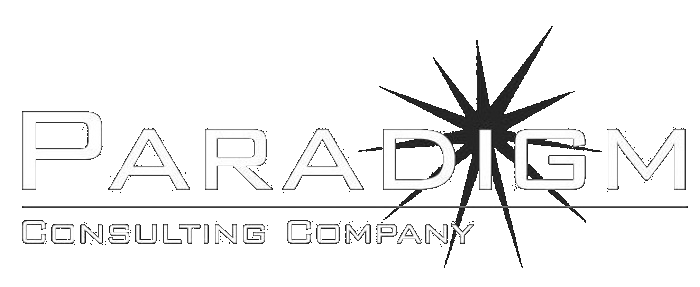Symantec Ghost is a useful application for what’s known as “imaging” or “cloning” computers. It allows you to copy a single computer’s hard drive contents to multiple machines at once so you have a base Windows install that’s exactly the same on all of the machines. The only difference is the uniquely identifying information about the machines (computer name, Hardware address, etc.).
Recently one of our client’s Ghost subscriptions came up for renewal. While Ghost does what it’s designed to do well enough, we were wondering what other options there were out there in the world. Enter FOG.
My boss approached me a few weeks ago and asked me to evaluate this project for use at a client location. I had some experience using Ghost and other imaging solutions, so I knew what he wanted.
The biggest change going from Ghost to FOG is that FOG uses a Linux server and Ghost requires Windows. Right away, this can save money on licensing fees, as you don’t need to dedicate a Windows server license (usually around $700 or more) to the task. All of the other tools are roughly the same.
Using FOG definitely shows Ghost’s age. You can only manage a Ghost session through the GhostCast interface which is an application that runs on the Ghost server. By contrast, the main FOG interface is a very slick web page. From here you can manage computers that have been registered with the FOG server, groups of computers, images and tasks that have been started.
I already mentioned that FOG has more features than Ghost. From the FOG boot menu (which is handled completely over the network) you’re given options to register a system with the FOG database or run a memory test (useful to diagnose certain hardware problems). From the FOG management interface you can also set other “tasks” to go when you connect a machine to the FOG server like, “deploying” an image, creating an image, Virus Scan (Using Clam AV), drive wipes, disk test (for errors), file recovery and more. FOG even has a mobile version for handheld devices with a modern web browser (smartphones, iPhones, and other PDAs).
If you need any more reason to switch form Ghost to FOG , how about the fact that FOG operated faster than Ghost? In our tests, I was able to image multiple machines in the time it took me to image one with Ghost. Bear in mind these aren’t “official” benchmarks, but 6 clients in around 10 minutes is great when compared to Ghost, which took 7 minutes a single machine.
If that doesn’t interest you, how about a cost comparison? FOG is Free, Open Source Software (FOSS). There are no license fees, and no cost for obtaining the software (although we do suggest donations to open source projects that you find useful). With Ghost you have to purchase the software, purchase licenses, purchase annual support contracts, and Ghost is also slower than FOG so you end up paying for more in labor costs.
In summary, FOG is free (both gratis and libre), open source, fast and has more features than Ghost. If you use computer imaging, we highly recommend looking at FOG for your company’s use.


Comments are closed.